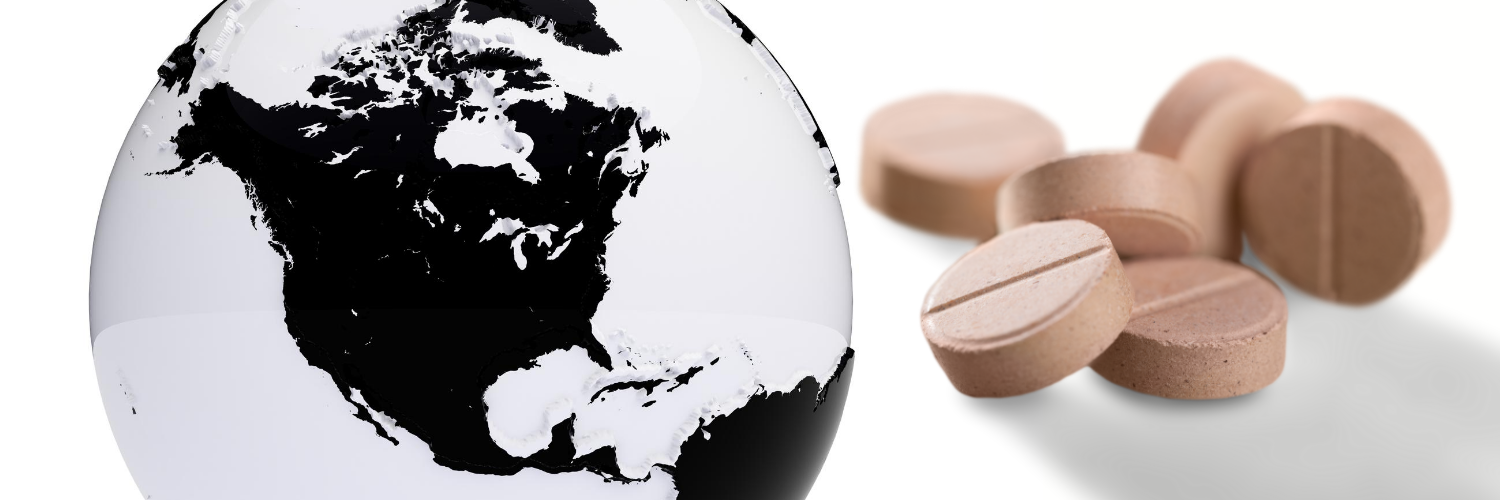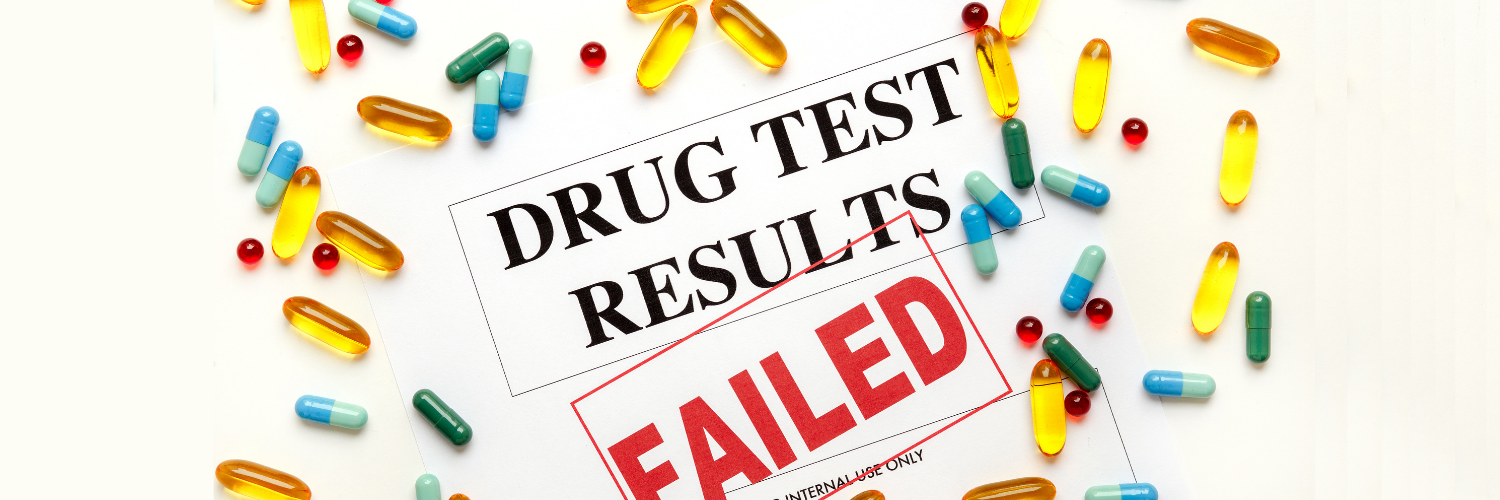What are the different types of insulin? Which work best?

Types of insulin are grouped by how fast they begin working and then how long their effects last in your body.
What is insulin?
Insulin is a hormone that moves sugar from your blood to your cells where it can be used for energy. After we eat something, when all is working normally, an organ in our bodies called the pancreas releases insulin. If you have diabetes, or when your body has difficulty producing its own insulin, you may need regular insulin injections to help keep the sugar in your blood at normal levels after eating and throughout the day.
The 5 Types of Insulin
Per the U.S. Food and Drug Administration (FDA), there are 5 types of insulin to treat diabetes:
1. Rapid-Acting Insulin
This insulin begins lowering your blood sugar within 15 minutes after you use it. It lasts in your body for a few hours. You take it right before or after you eat.
2. Short-Acting Insulin
This insulin begins lowering your blood sugar within 30 minutes to an hour after you use it. It lasts in your body for a few hours. You take it 30-45 minutes before you eat.
3. Intermediate-Acting Insulin
This insulin begins lowering your blood sugar within 2-4 hours after you use it. It has the strongest effect at around 6-8 hours after you use it. It is used to help lower your blood sugar between meals. It may be used in the morning, at bedtime, or both.
4. Long-Acting Insulin
This insulin begins lowering your blood sugar within 2-4 hours after you use it. It lasts in the body for up to 24 hours. It is used to help lower your blood sugar throughout the day. It may be used in the morning or at bedtime.
5. Pre-Mixed Insulin
This insulin is a mix of two different types. It contains one type that helps lower your blood sugar at meals and another type for between meals.
Insulin Onset, Peak & Duration Times
Among the types, insulin varies in three ways:
• Onset — the time it takes to start lowering your blood sugar
• Peak — the time it takes to have the strongest effect on lowering your blood sugar
• Duration — the total time it lasts in your body to lower blood sugar
| Insulin Types and Variations | |||||
| Type | Generic or Brand Name | Onset (hours) | Peak (hours) | Duration (hours) | Appearance |
| Rapid-Acting | Aspart (Novolog) | 15 — 30 min | 1 — 2 | 3 — 5 | Clear |
| Lispro (Humalog) | 15 — 30 min | 1 — 2 | 3 — 4 | Clear | |
| Glulisine (Apidra) | 15 — 30 min | 1 — 2 | 3 — 4 | Clear | |
| Short-Acting | Regular (Humulin, Novolin) | 0.5 — 1 | 2 — 3 | 3 — 6 | Clear |
| Intermediate- acting | NPH (Humulin N, Novolin N) | 2 — 4 | 4 — 6 | 8 — 12 | Cloudy |
| Long-acting | Detemir (Levemir) | 2 | Released at constant rate over 24 hours | 14 — 24 | Clear |
| Glargine (Lantus) | 4-5 | Released at constant rate over 24 hours | 18 — 24 | Clear | |
| Pre-mixed | Humalog Mix 75/25 Novolog Mix 70/30 Humalog Mix 50/50 | 10 — 60 min | 2.5 | 15-18 | Cloudy |
Which insulin works best?
When it comes to insulin, and drug therapies in general, people have different needs. That's why there are so many types. For years, insulin has been trusted by physicians to help lower blood sugar in patients. However, because each person's body can respond differently, always discuss your insulin regimen with a healthcare provider who knows your medical history. Your healthcare provider can show you how to use blood sugar results to decide your insulin doses. You should not decide how much insulin you need without consulting your provider.
Common Side Effects of Insulin
• Low blood sugar, which can be exhibited with symptoms of shakiness, dizziness, sweating, hunger, fast heart rate, mood changes, slurred speech, and tingling sensation in hands and feet
• Redness or itching at the injection site
• Weight gain and swelling of legs and feet




